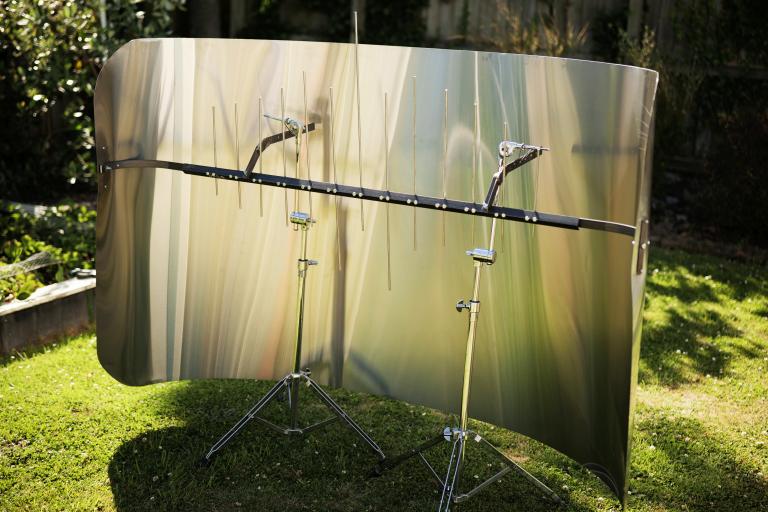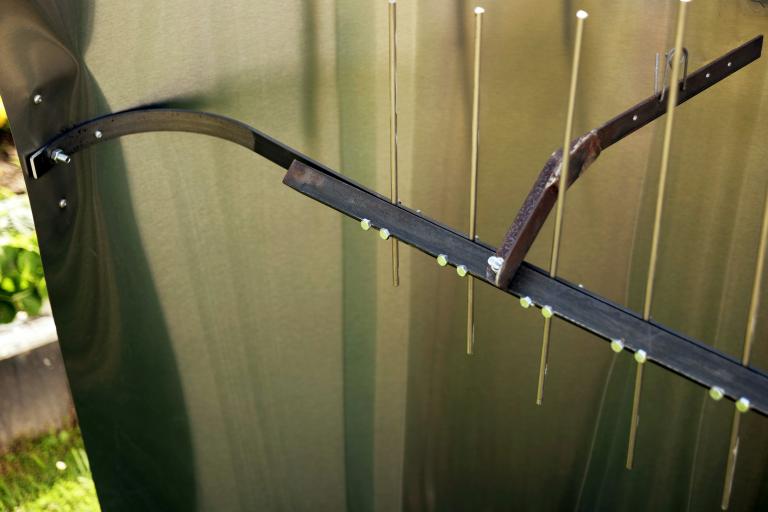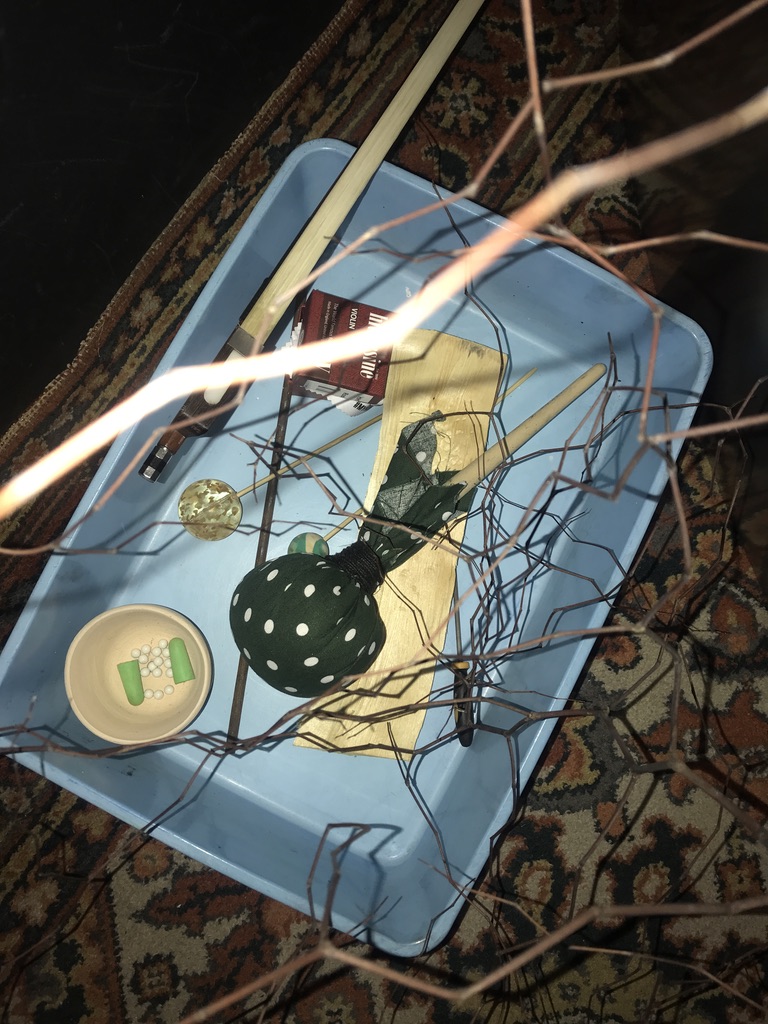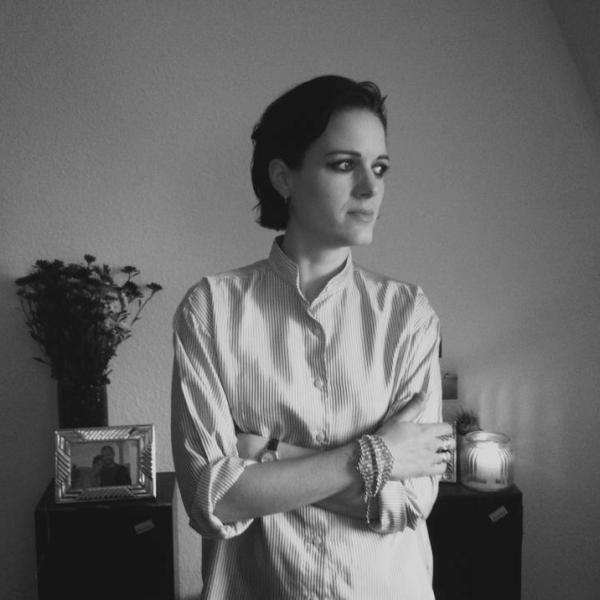
Gemma Syme is a pākeha multidisciplinary artist + musician based in Ōtautahi Christchurch.
Her artwork spans video, performance, sound, sculpture, digital technology, printmaking, and whatever else she needs to make it.
Gemma’s art has been shown at galleries such as Christchurch City Gallery, Wellington City Gallery, Enjoy Gallery, The Physics Room, Adam Art Gallery, and The New Zealand Film Archive. Her work has also been shown in Berlin, San Francisco, and Japan.
She was part of art collective FANTASING with Bek Coogan, Sarah Jane Parton, and Claire Harris who used the band as a vehicle to create work, using installation, music, and live performance.
Links:
















